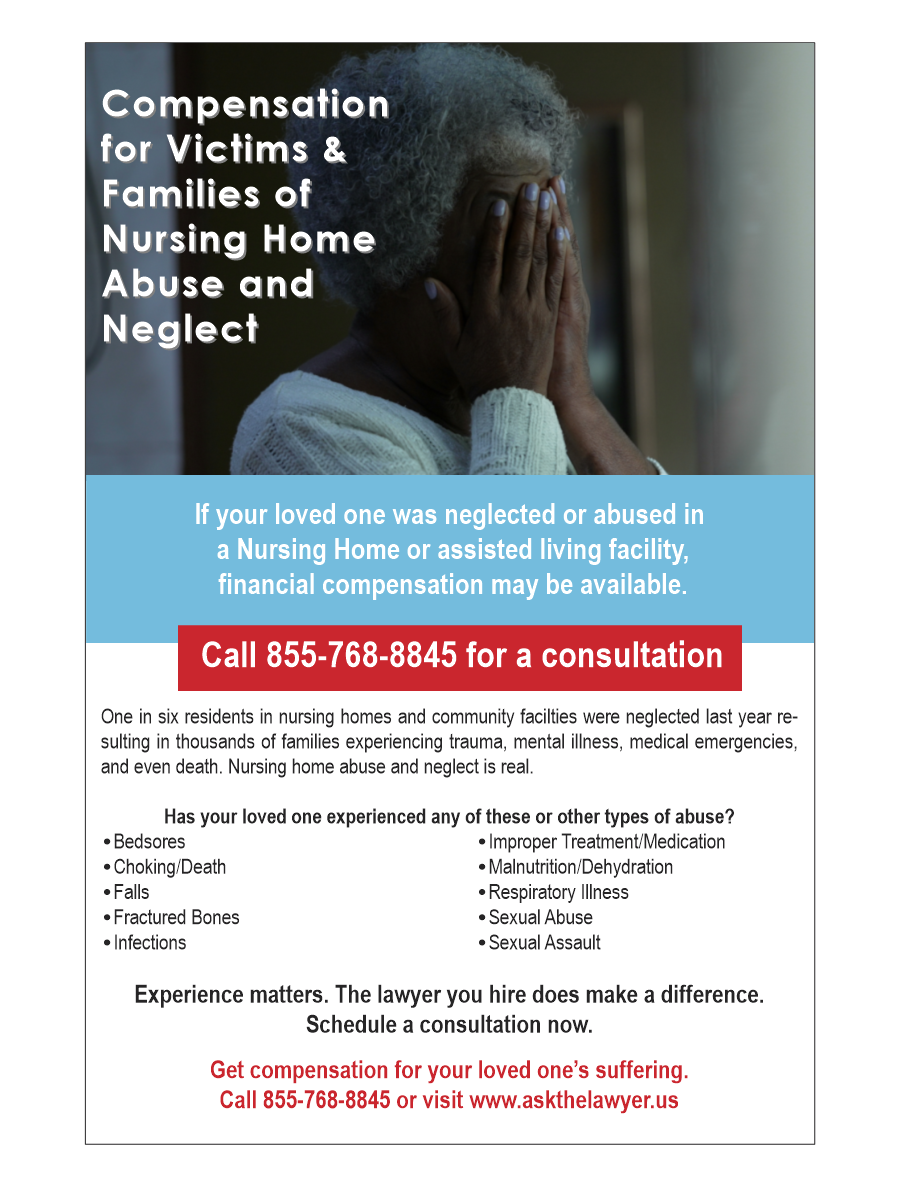By JR Holguin | October 16, 2023
From the overlooked stages of Alzheimer’s to systemic discrimination in the workplace, experts and new initiatives call for a societal shift recognizing the value and diversity of elderhood.
BROOKLYN, NY — In the United States, a culture that idolizes youth and vitality, the complexities of aging and elderhood are often misunderstood or ignored. The nuanced stages of growing old, particularly under the specter of Alzheimer’s disease, are overshadowed by a society that is not fully attuned to the realities of elderhood.
Experts like Dr. Barry Reisberg, Professor at NYU Langone Health and adjunct professor at the Center for Studies in Aging, McGill University, Montreal, and Dr. Louise Aronson, Professor of Geriatrics at UCSF, illuminate these stages, challenging the prevailing narratives and calling for a shift in perspective.
Reisberg has meticulously charted the 16 stages of Alzheimer’s, a disease that gradually erodes memory and cognitive function. His classification serves as a guide for caregivers and medical professionals and a reminder of the disease’s relentless progression. As individuals advance through these stages, they encounter increasing difficulties, from managing complex tasks to needing assistance with basic daily activities.
Parallel to Reisberg’s clinical perspective, Aronson offers a critique of societal attitudes toward aging. She challenges the notions of “healthy aging” and “successful aging,” advocating for an “optimizing aging” approach that personalizes the experience for each individual, regardless of their health status.
Aronson also addresses the gender disparities in elder care, noting that “the majority of care, even today, is provided by women.” She points out that women are more likely to end up in nursing homes due to longer life expectancies and economic disadvantages. “Nursing being in a nursing home also correlates with poverty, and women make less money in their lives,” Aronson explains, highlighting the intersection of gender and economic inequality in elderhood.
The discussion of aging in America is incomplete without considering the societal and institutional biases. Aronson describes it as “a process of systematic stereotyping or discrimination against people because they are old,” akin to racism and sexism. This ageism manifests in various aspects of life, from healthcare to public policy, often marginalizing older adults.
This bias is also evident in healthcare, where there is a lack of senior training among medical professionals, and in public policy, where older adults are often lumped into a single category, ignoring their vast differences.
The economic impact of ageism is significant, with Aronson citing that half of the global population holds ageist views against older people. This bias can lead to reduced employment opportunities and exacerbate existing disadvantages.
Age discrimination in the workplace is a stark testament to the prevalence of ageism. Two out of three workers between ages 45 and 74 have seen or experienced age discrimination at work, with job seekers over age 35 citing it as a top obstacle to employment. In industries like high-tech and entertainment, the chances of encountering age discrimination are even higher.
Despite the Age Discrimination in Employment Act of 1967 (ADEA), which makes it illegal to discriminate against workers aged 40 and up, age discrimination persists at all stages of employment, including hiring, promotions, raises, and layoffs. The law also prohibits workplace harassment because of age and applies to employers with at least 20 employees. However, interpreting these rules can be murky, and a 2009 U.S. Supreme Court ruling raised the burden of proof for age discrimination, making it tougher for older workers to prevail in court.
Interestingly, AARP, formerly the American Association of Retired Persons, research shows that most Americans over 50 desire stronger laws to prevent age discrimination at work. The perception of when age discrimination begins varies, with many believing it starts in the 50s, while others think it begins even earlier, in the 30s and 40s. There is also a gender difference in the perception of age discrimination, with more women than men recognizing its presence in the workplace.
The conversation on aging in America also includes the broader societal implications, such as those addressed in the development of The Golden State’s initiative, known as the Master Plan for Aging (MPA), which is a testament to the changing tides in how society views and support older adults and people with disabilities.
Cheryl Brown, Chair of the Executive Committee for the California Commission on Aging and a key architect of California’s Master Plan on Aging, proposed intergenerational activities to combat ageism and bridge the gap between the young and the old. She shared an example of a community initiative where senior housing and family housing are connected by a park and a library, fostering an environment where young people can assist older adults with technology.
“I really believe that we have a good opportunity to change the whole narrative and to change what’s happening with technology,” Brown stated, expressing optimism that ageism can be overcome through community engagement and shared learning experiences.
California’s over-60 population is projected to diversify and grow more rapidly than any other age group. By 2030, an estimated 10.8 million Californians will be older adults, comprising one-quarter of the state’s population.
Similarly, New York’s elderly population has swelled to 16.2% of the city’s residents, echoing the need for a strategic approach akin to California’s MPA. The city’s older demographic has seen a 32% increase across all boroughs since 2011, with a notable rise in diversity, particularly among immigrant communities.
AARP NY’s “What New Yorkers 50+ Deserve” mirrors aspects of the MPA, advocating for improved services for the aging, such as food security, caregiver support, and anti-ageism measures. While New York’s plan addresses key issues, it looks to the comprehensive nature of California’s MPA as a potential model for creating a more inclusive and supportive environment for its growing elderly population.
A seismic demographic shift like this has propelled the creation of these programs, affirming the priority of the health and well-being of aging citizens.
The initiatives are not merely policy documents but “blueprints” for state and local governments, the private sector, and philanthropic organizations to prepare for the impending changes.
These initiatives are a plan for aging across the lifespan, addressing the needs of today’s older adults and younger generations who can expect to live longer than their predecessors. It calls upon all the U.S. communities to create inclusive environments where people of all ages and abilities are engaged, valued, and afforded equitable opportunities to thrive as we age in the manner and setting of our choice.
The insights from experts call for reevaluating how society views and treats its older members. They urge a shift from ageist perspectives to a more inclusive and supportive approach that recognizes the value and diversity of elderhood. As America faces an increasing elder demographic, the urgency for such a shift is palpable, demanding the attention of policymakers, healthcare providers, and the community at large.


